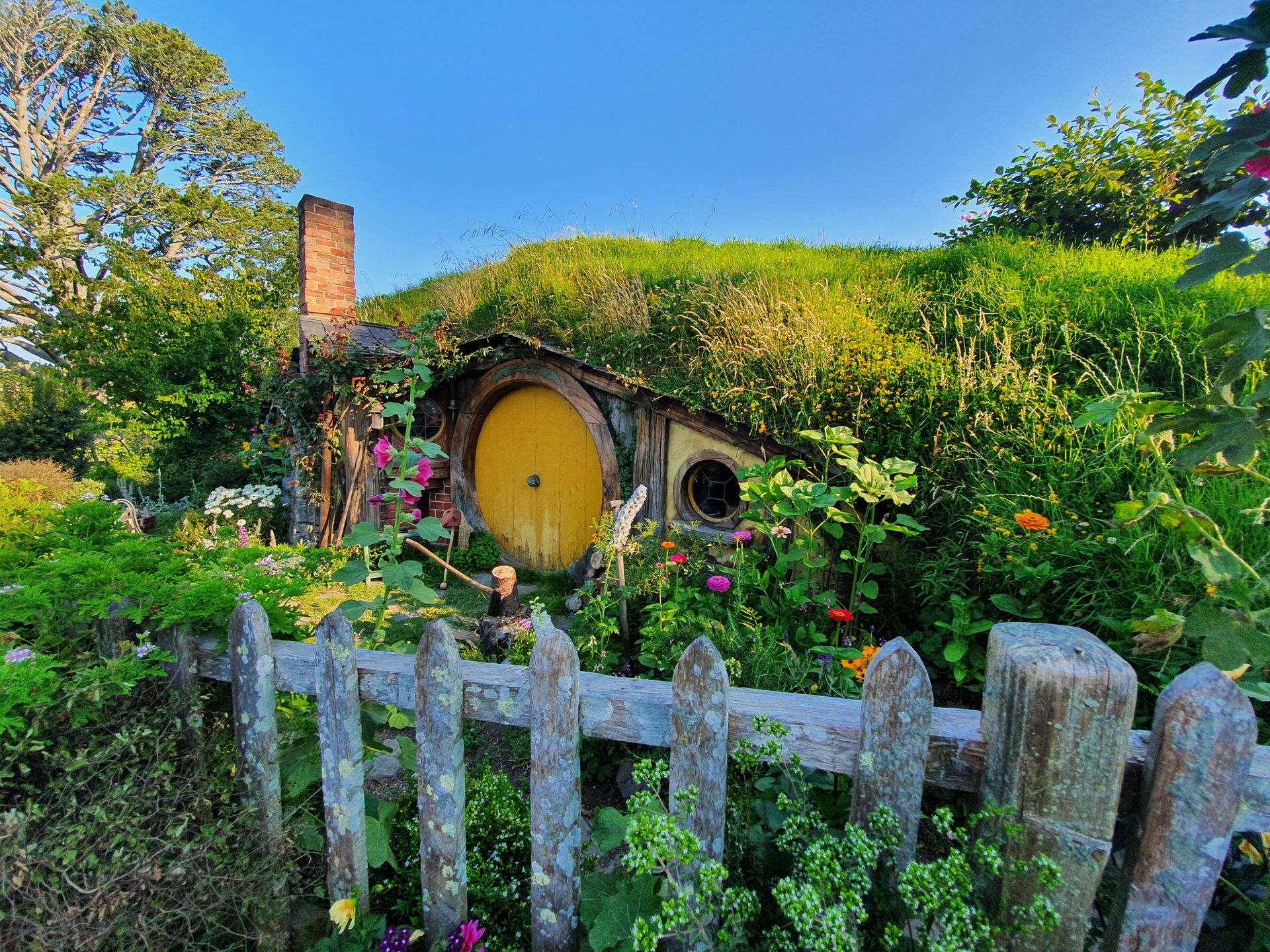26.12.19 A white Kiwi & Freedom Camping at Cape Palliser
प्रकाशित: 15.01.2020
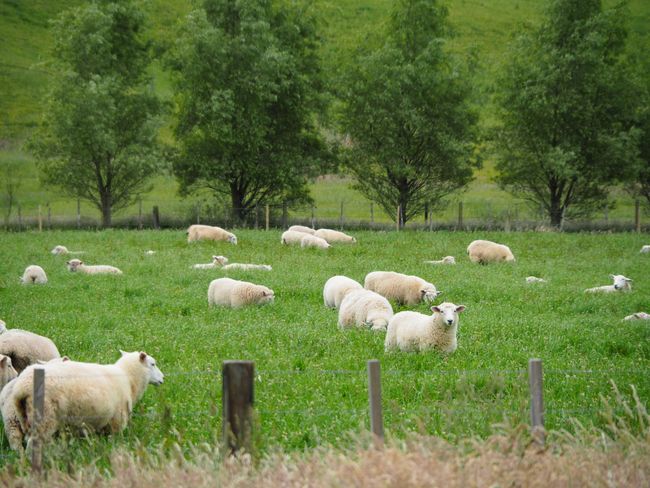
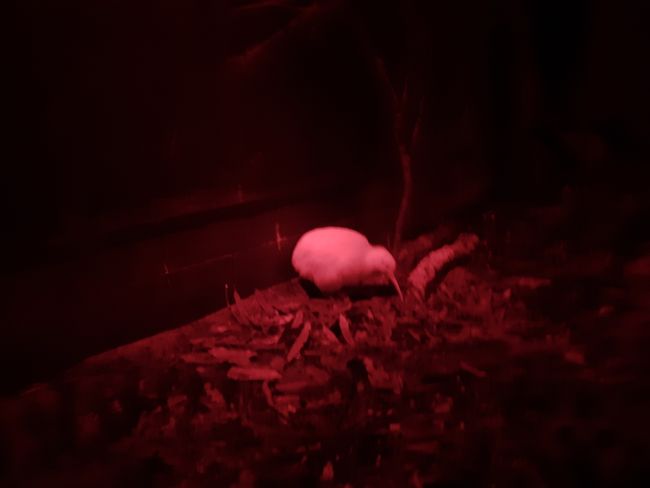
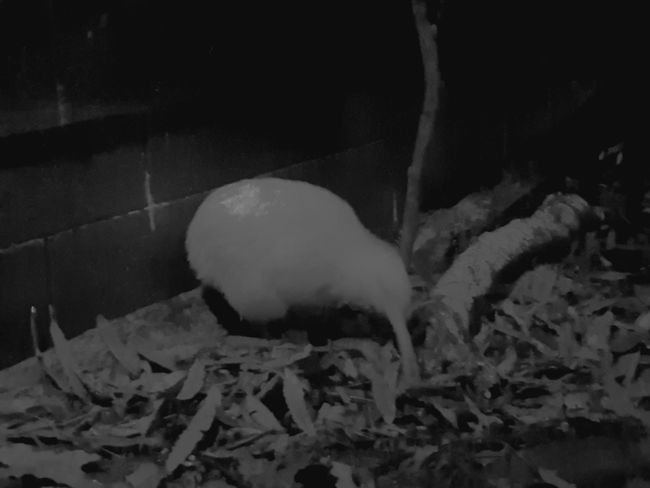
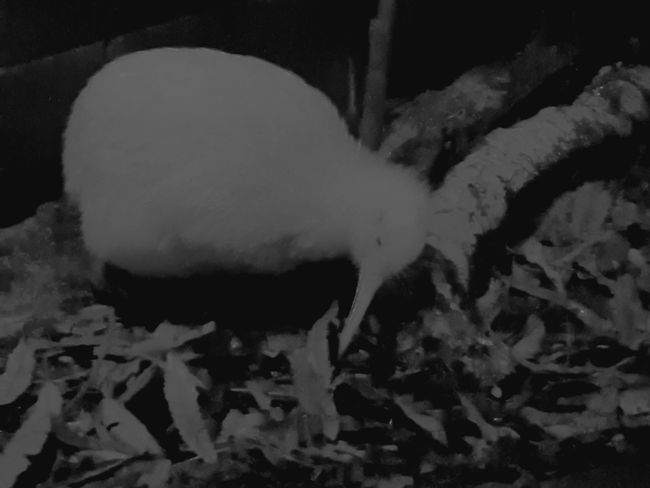
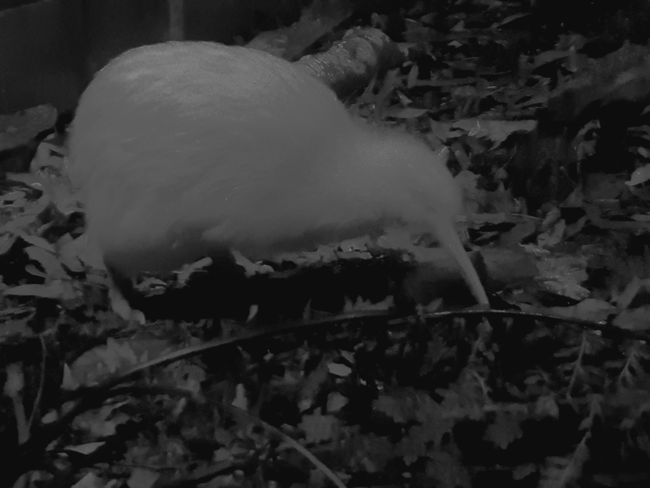
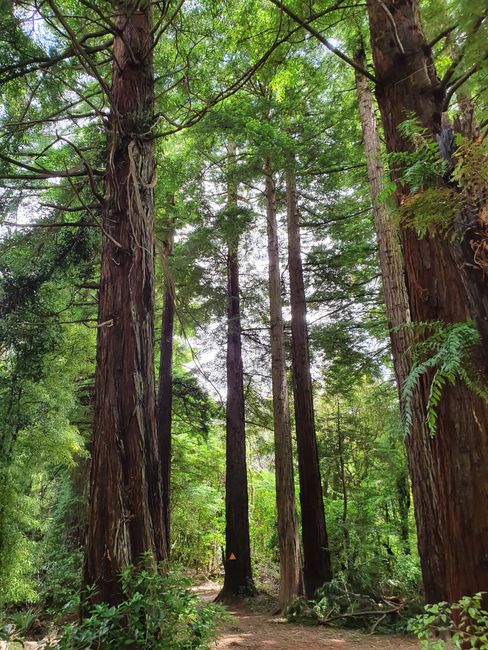
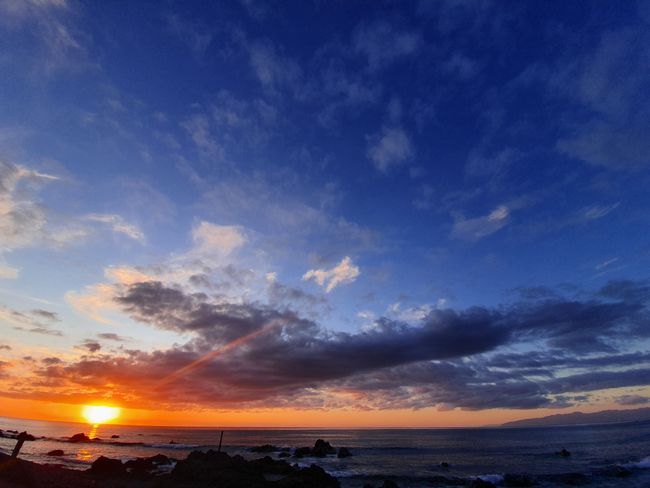
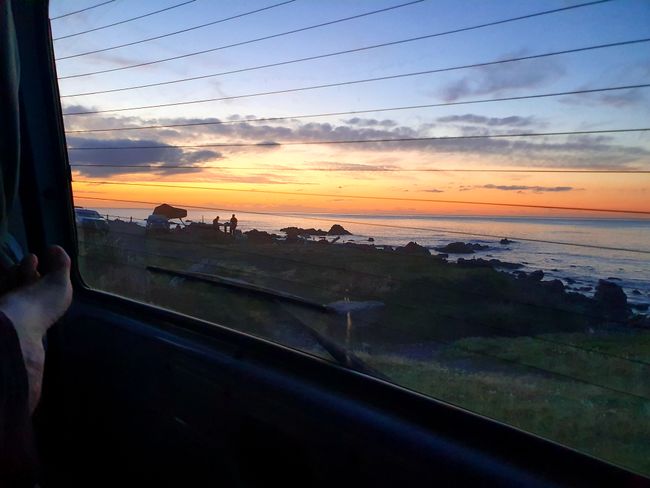
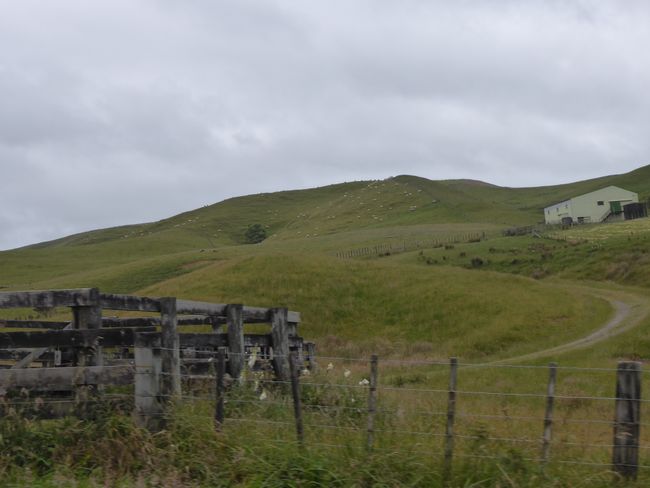
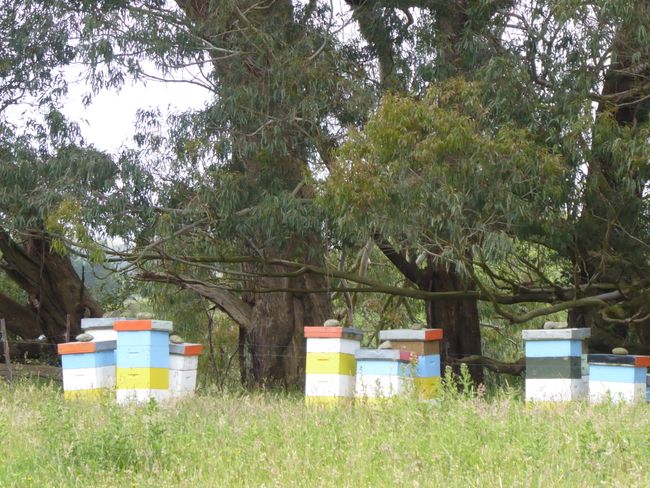
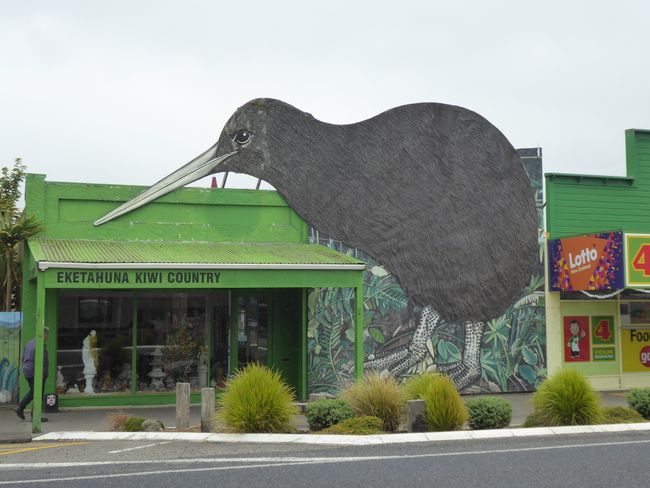
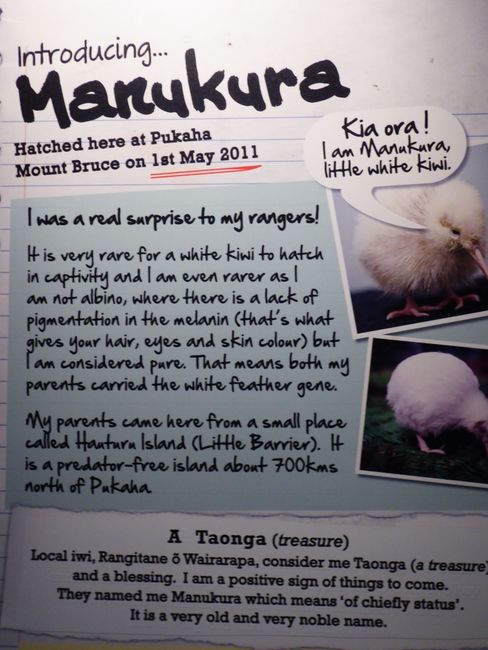
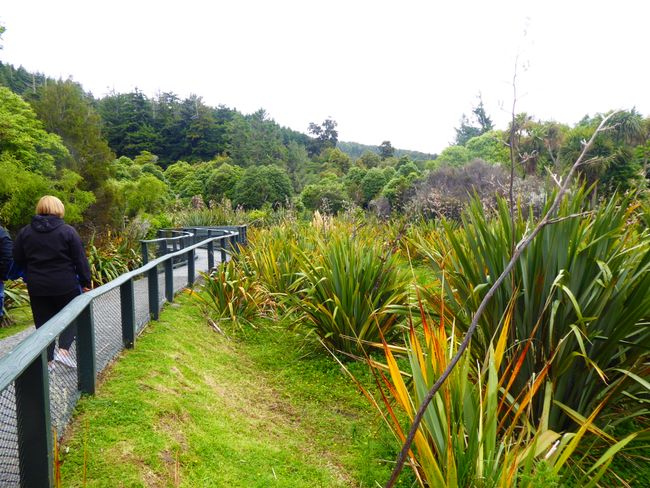
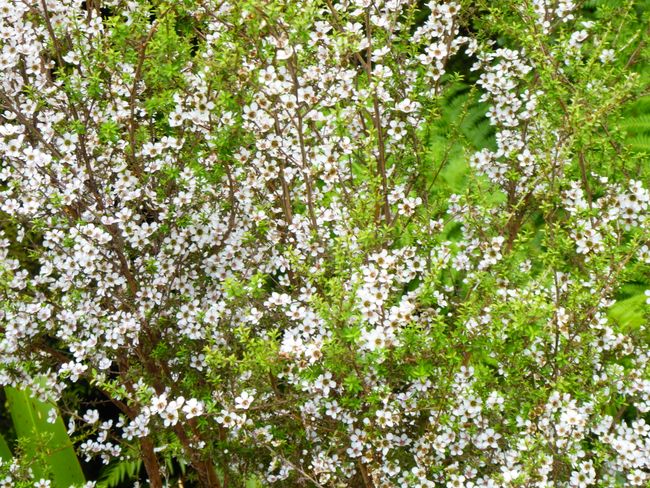
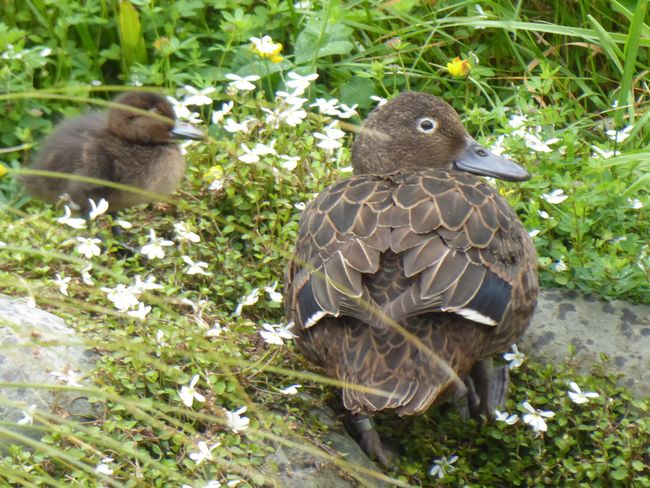
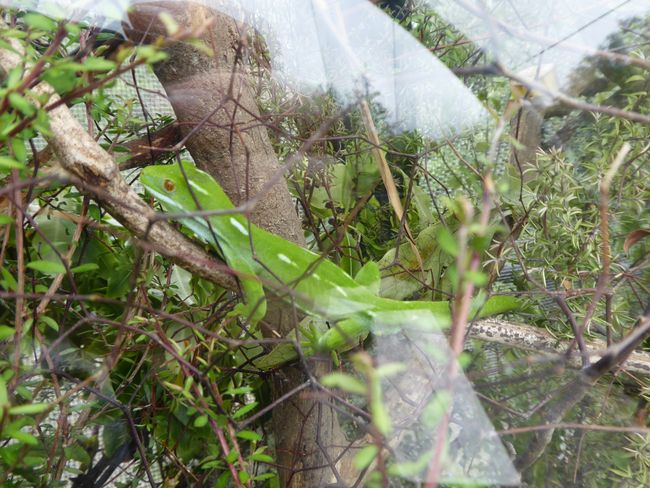
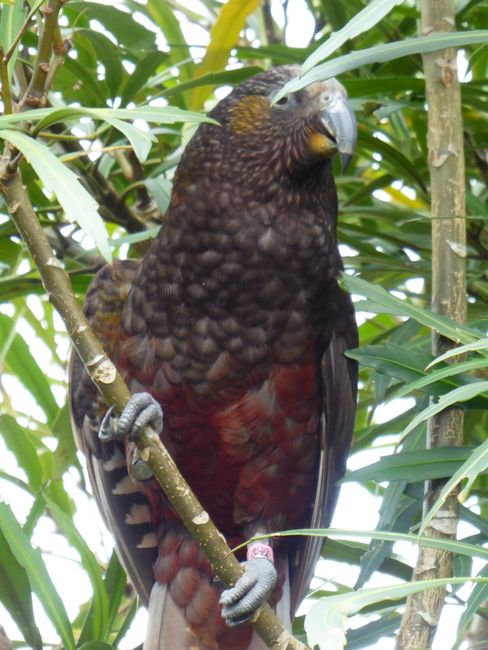
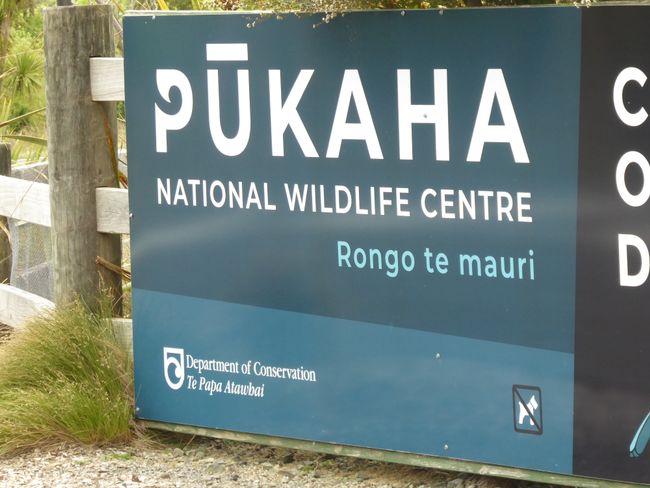
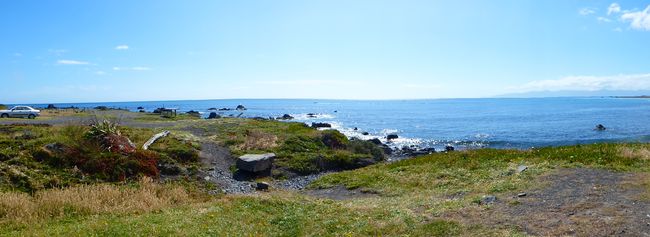
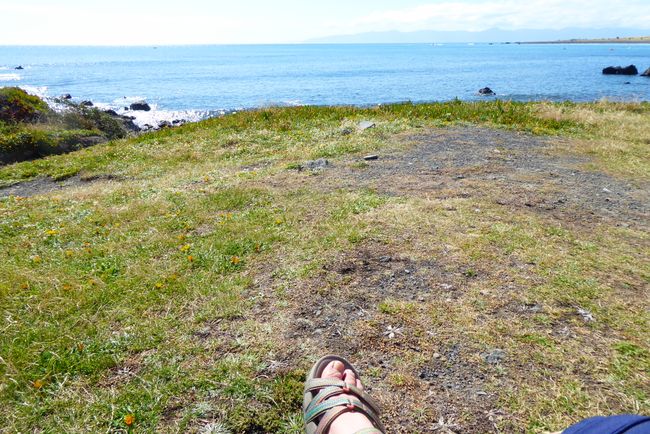
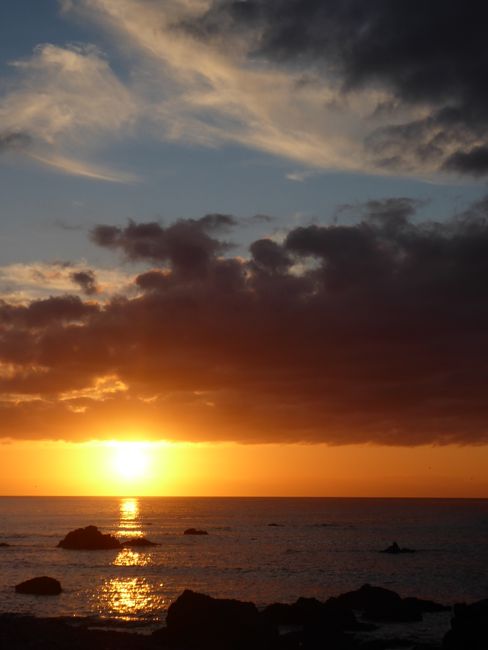
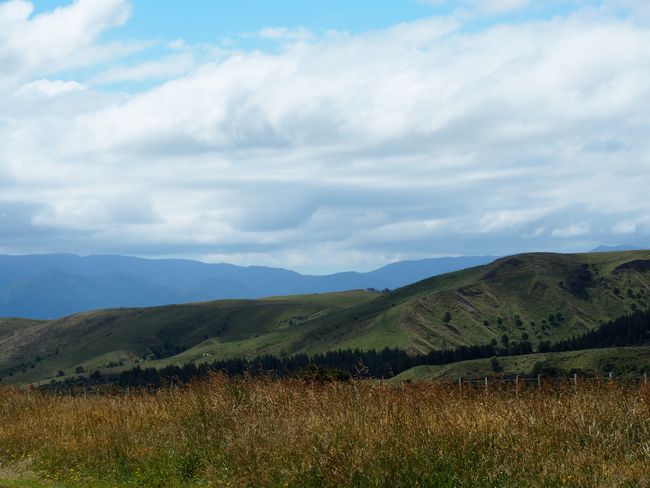
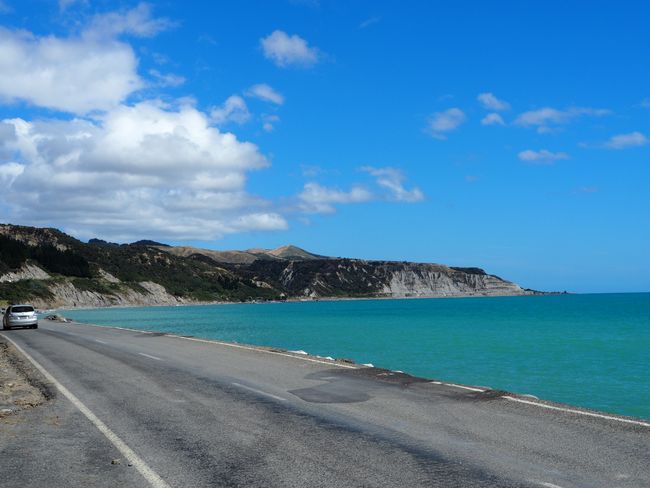
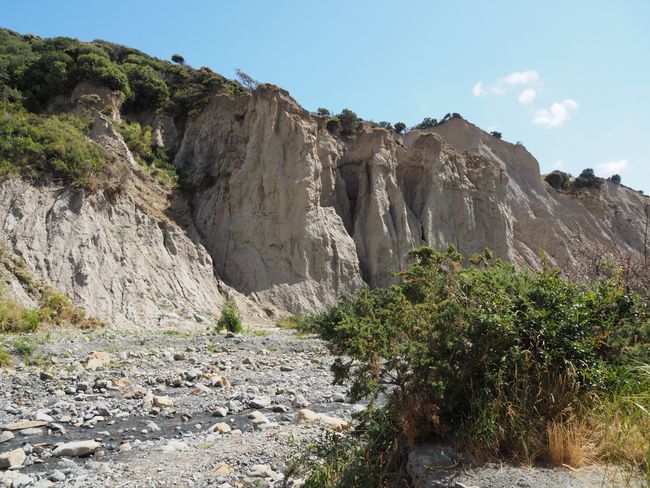
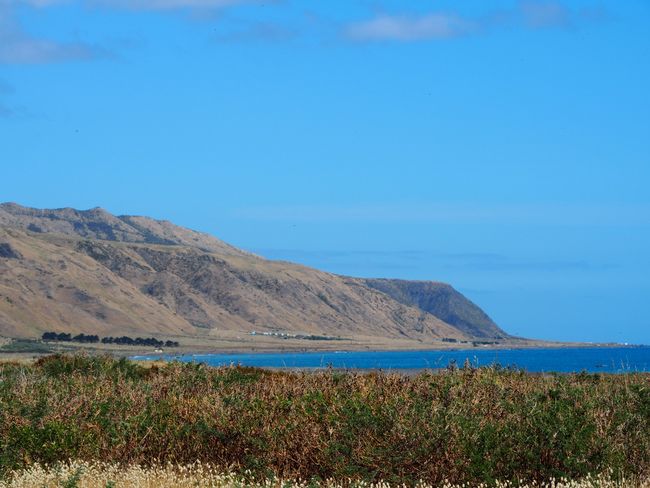
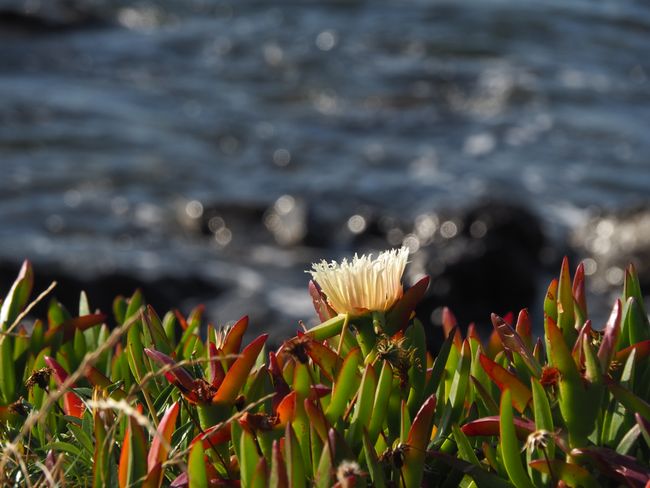
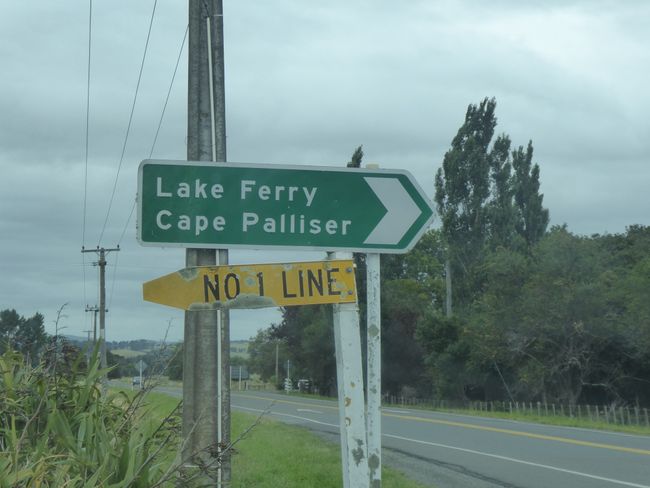
समाचार पत्रिका के लिए सदस्यता लें
I set off in slightly bad weather and on the way I visit the only white Kiwi known. The Mount Bruce Wildlife Center takes care of the Kiwi breeding, among other things.


In 2011, when a white Kiwi chick hatched from its egg, people were puzzled about how that could happen. It is a female who is not an albino. They searched all Maori records, asked Maoris if there were any reports of similar animals, but no. Unfortunately, this Kiwi lady is so cantankerous that she has not found a partner to this day. Several attempts to introduce her to a Kiwi have failed because this white female chases all the males through the enclosure, causing them to run in circles, screaming, to escape the troublemaker. So it is uncertain whether offspring would also be white. However, it is a fact that the father of this white Kiwi repeatedly sires offspring with sporadic white feathers.
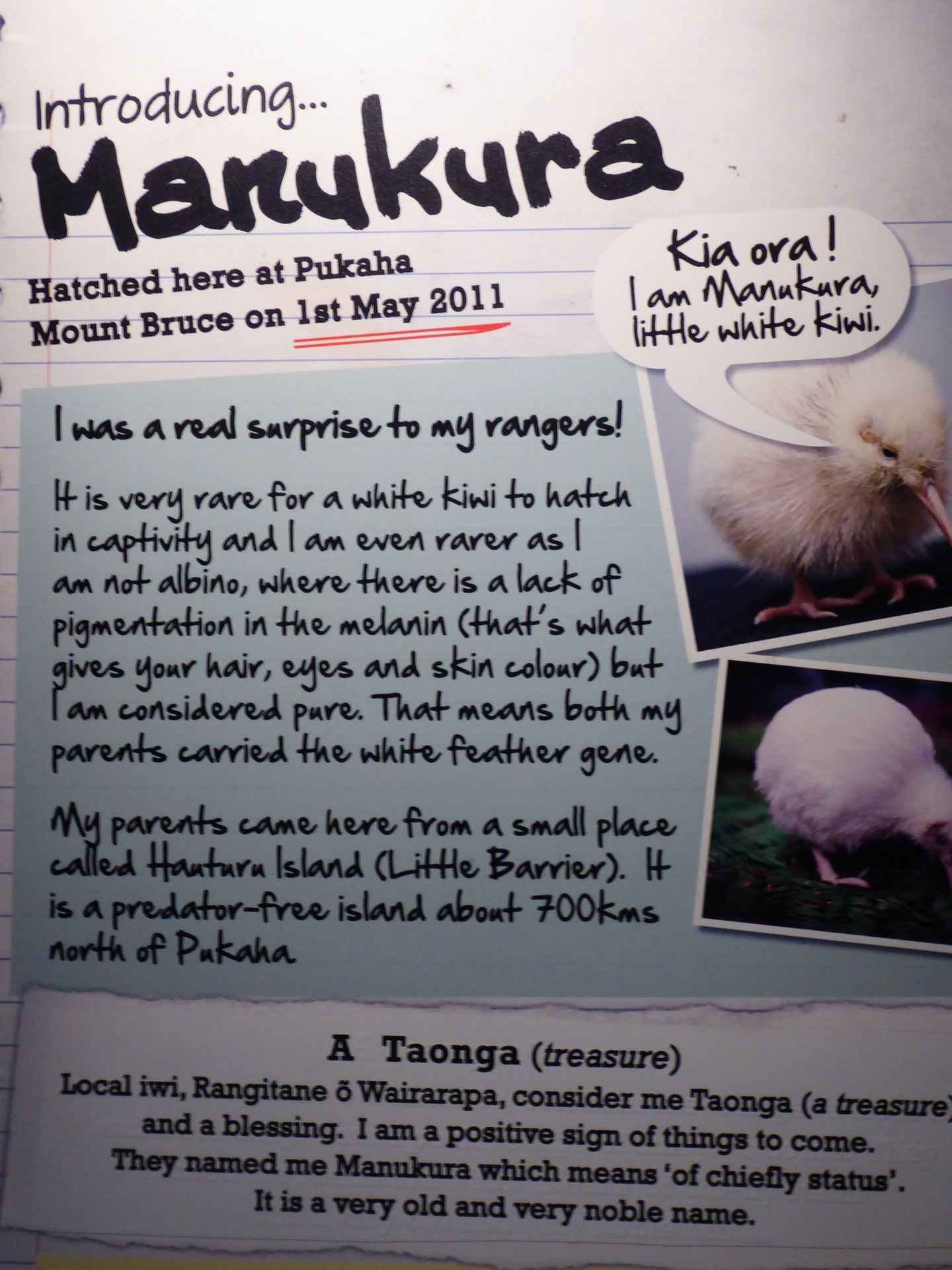
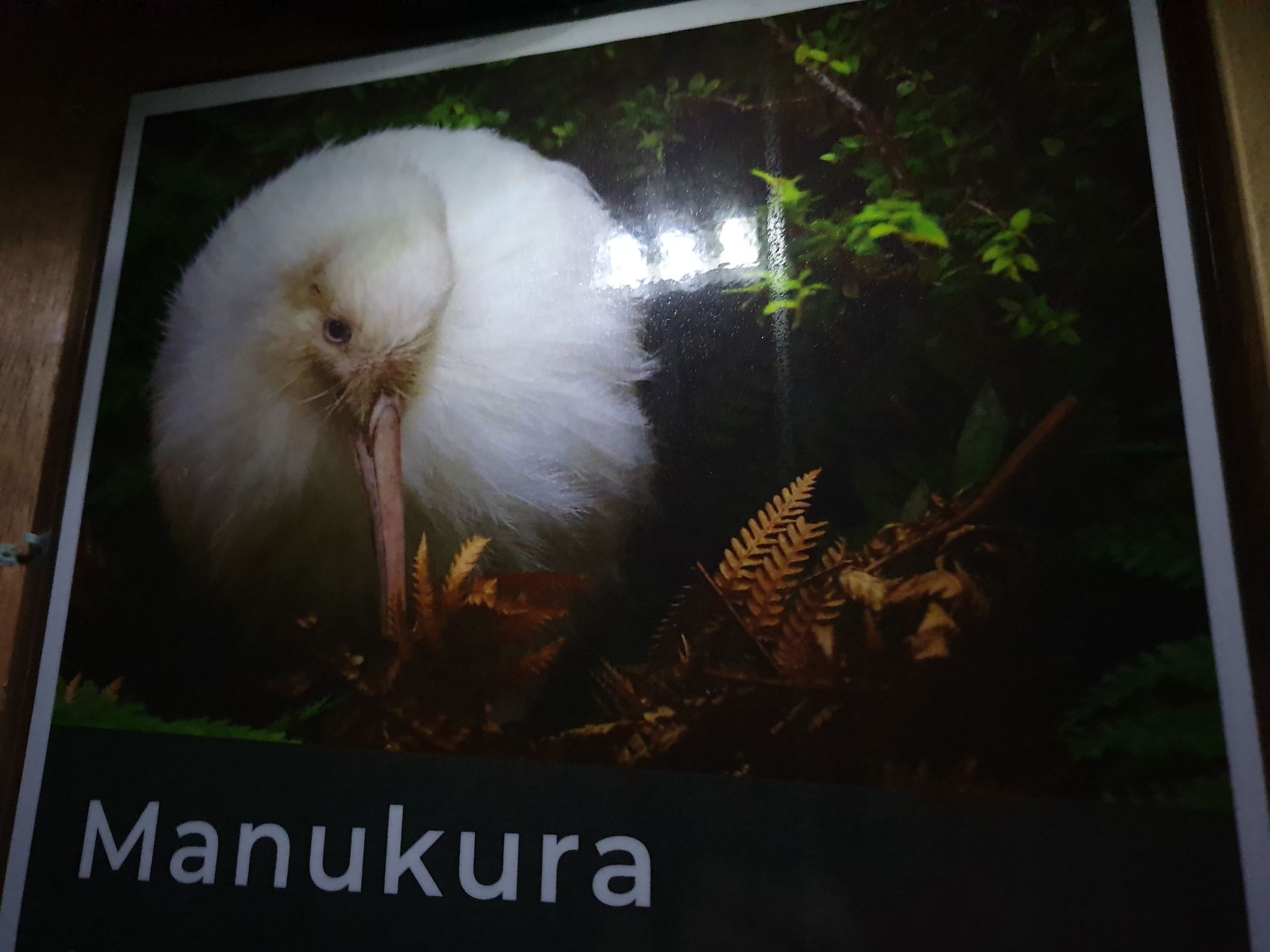
Kiwis are monogamous, meaning they stay with one partner for life. Kiwis can live up to 60 years. The population is estimated to be around 62,000. They are the smallest running birds in the world. Only 5% of all hatched chicks survive to adulthood. Their eggs are huge in relation to the size of the birds. Up to 30% of a Kiwi's body size is the size of the egg, which can weigh up to 500g, while a fully grown Kiwi weighs 1.5kg - females up to 2kg. Therefore, usually only 1 egg is laid.

The chicks hatch by struggling out of the shell using their feet, beaks, etc., since they do not have a horn on their beak. Hatching can take up to 18 hours. Kiwis have whiskers on their beaks to sense movements of beetles, worms, etc. They dig with their beaks in the earth for food and therefore prefer loose forest soils. They have a very good sense of smell. Their leg muscles are well developed because, apart from running, they need the leverage when pulling their food out of the depths of the ground.
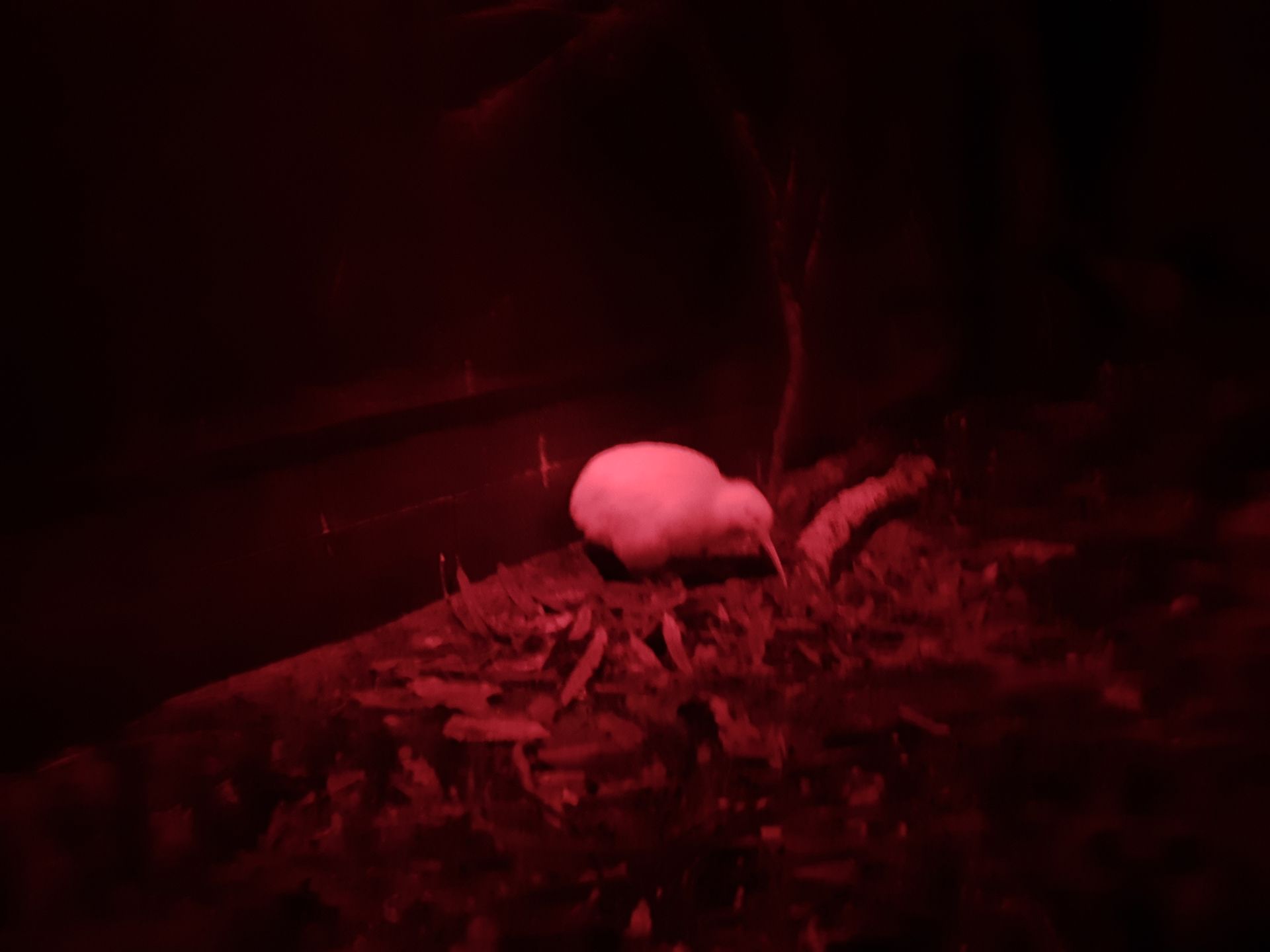
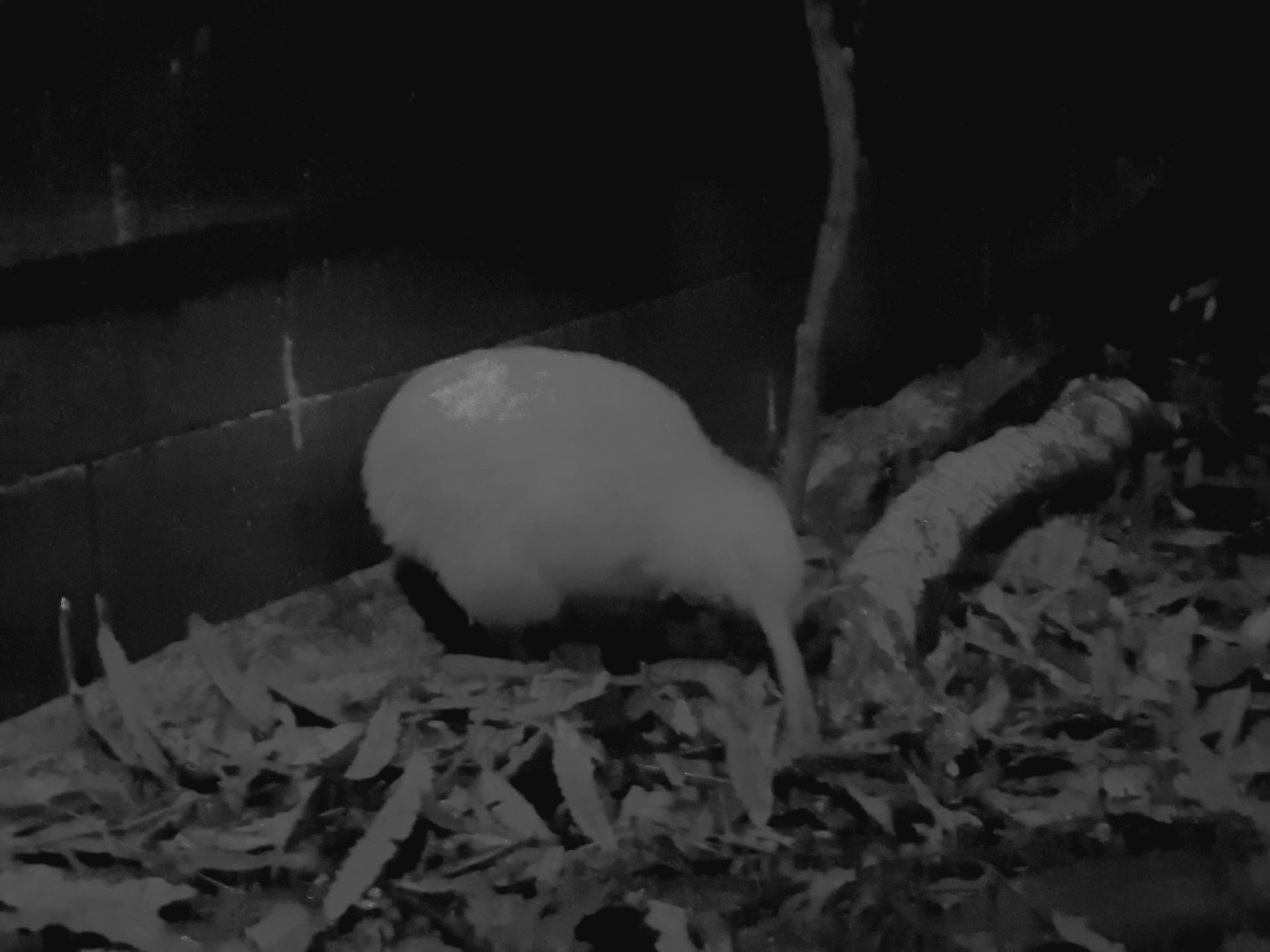

They are among the few endemic animals in New Zealand that have become quite well established in the pine forests that the Europeans planted here. Dogs, cats, stoats, rats, possums, along with humans and diminishing habitat, are the main threats of today. There are 3 to 5 Kiwi species. Like penguins, Kiwis stay with one partner for life. Since they claim quite large territories, Kiwis do not occur in large numbers in a small area. The breeding season lasts 2-3 months. There is only this white Kiwi to see here in Mount Bruce, which is kept in a night house. This allows us to observe this animal during its supposed nocturnal search for food during the day.
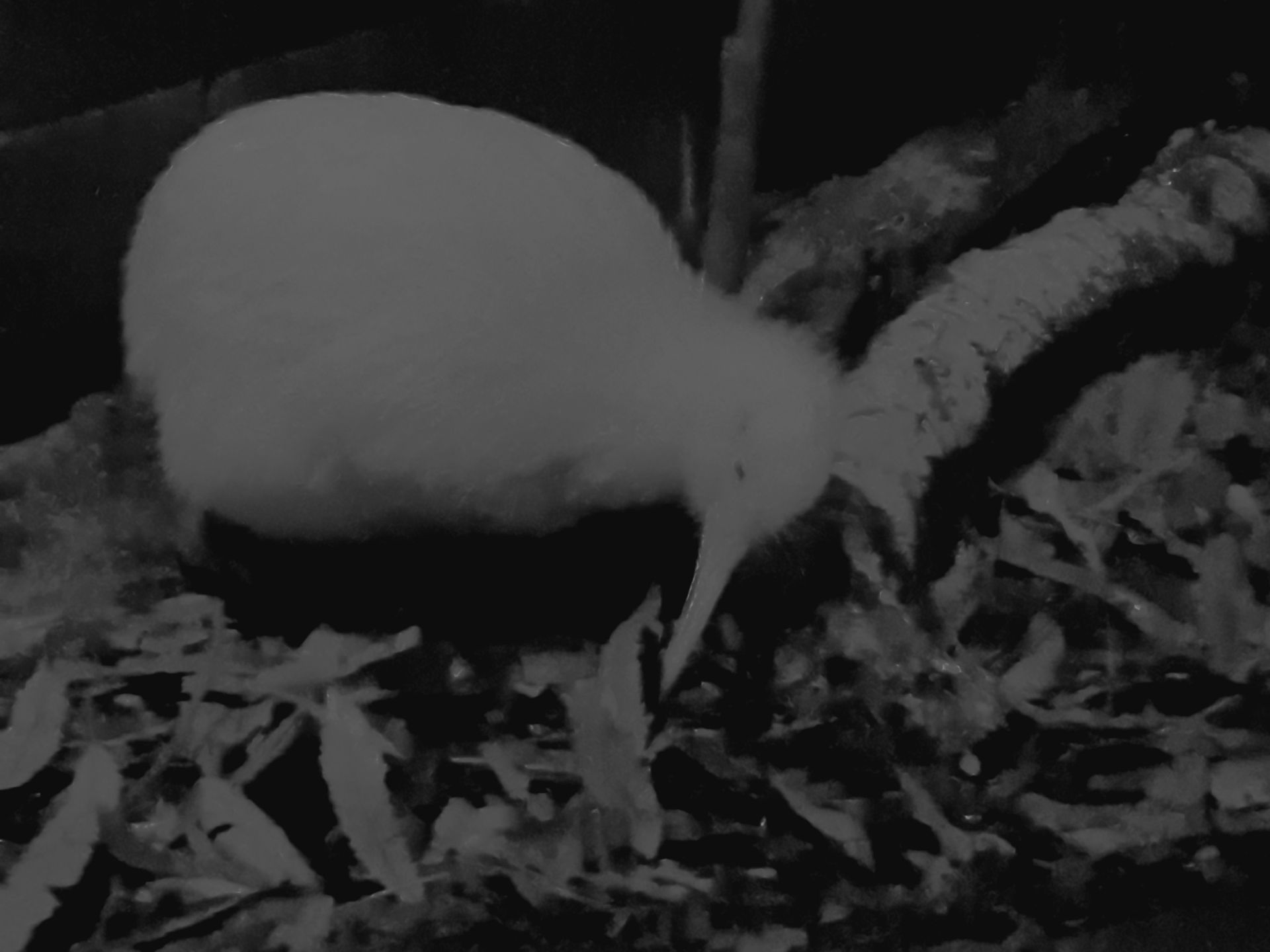
To get a better view, I made the photos black and white. All the other Kiwis that are bred here will eventually be released into the wild when they reach a certain size. Besides this Kiwi, there are also other birds, lizards, ducks, and Tuatara.
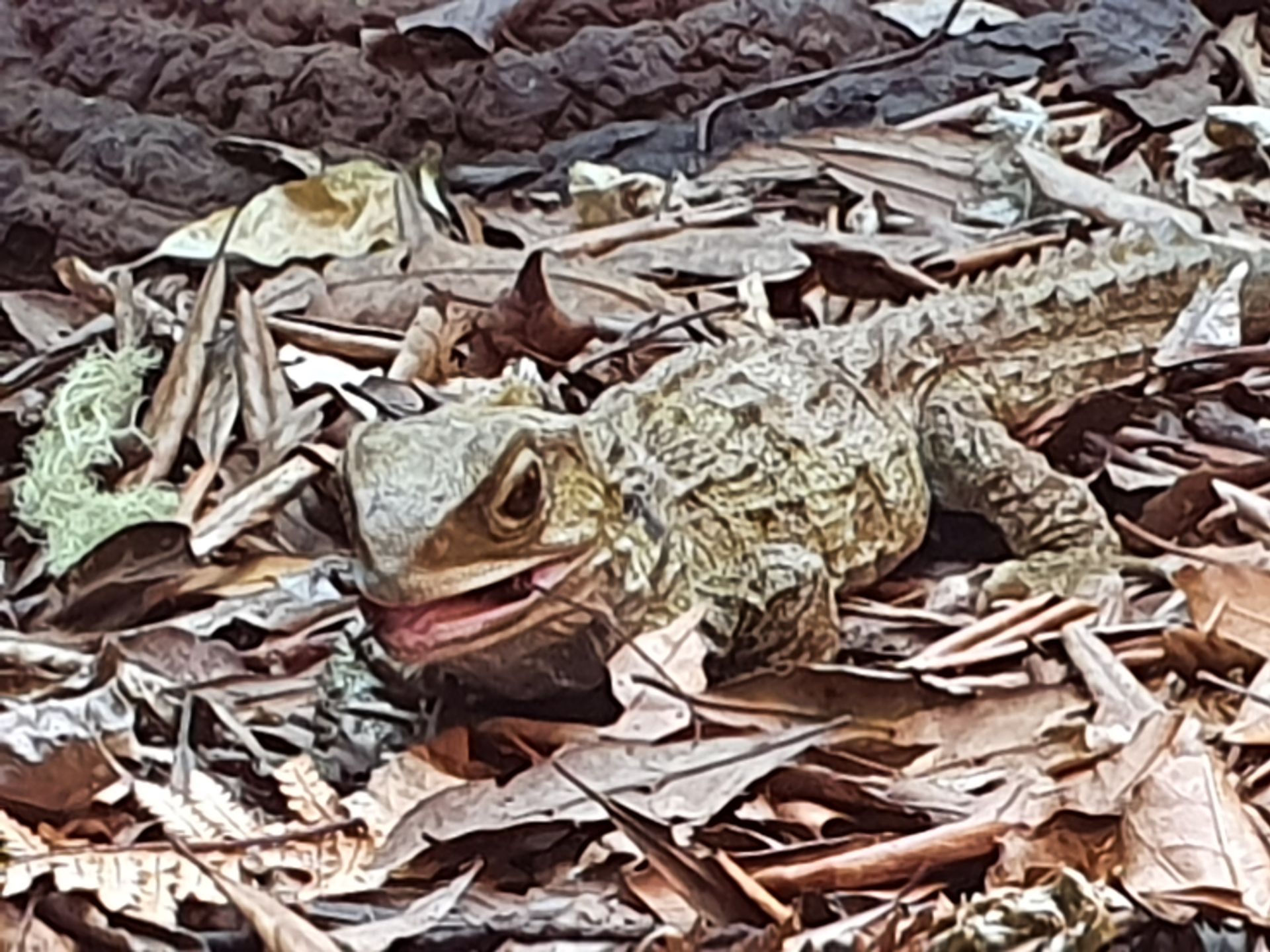
I saw this bridge lizard a few years ago in Queenstown. An animal from another time. And with three eyes.
Outside, there is an area with free-flying birds, cute ducks, and lots of greenery.
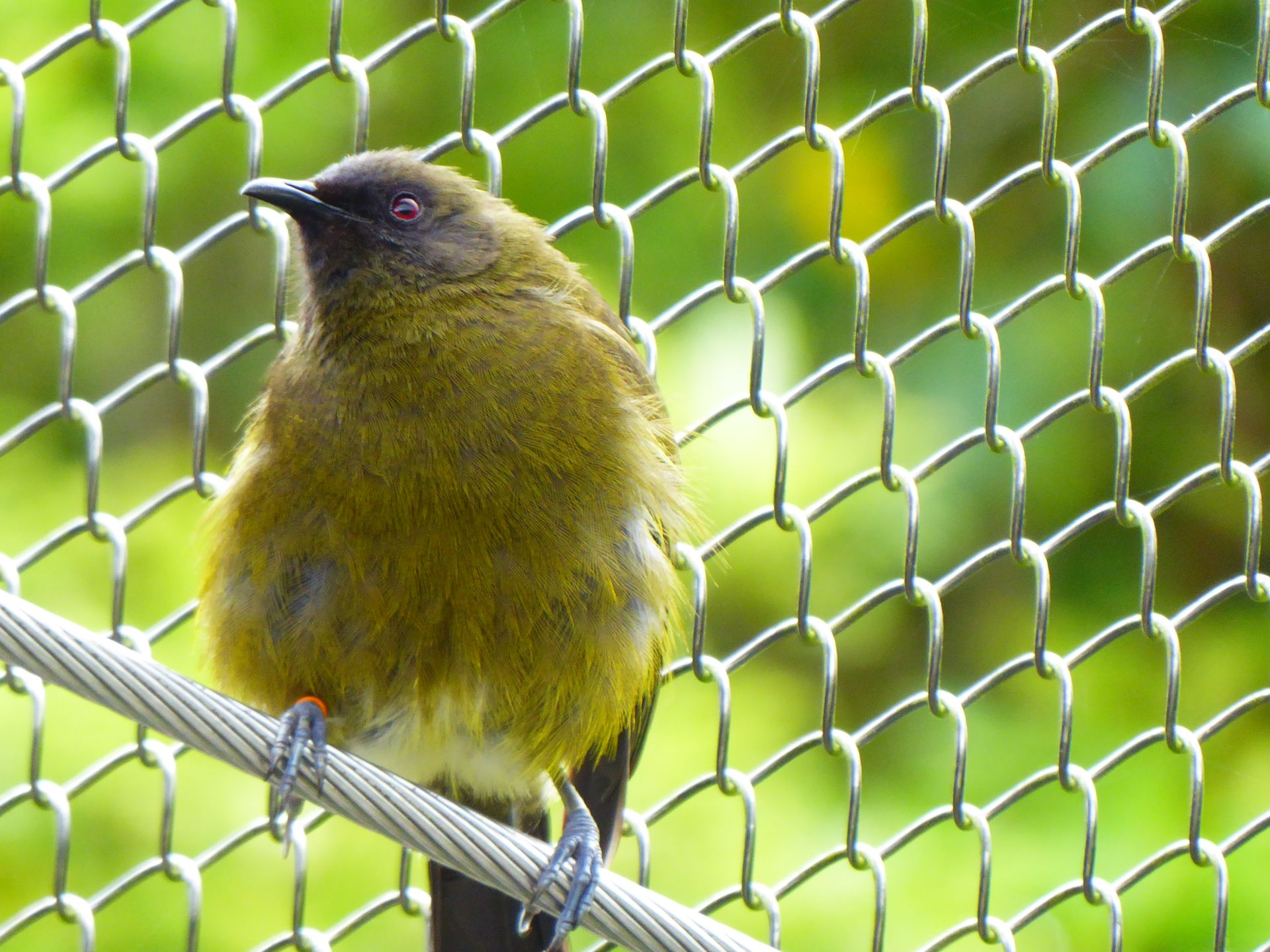

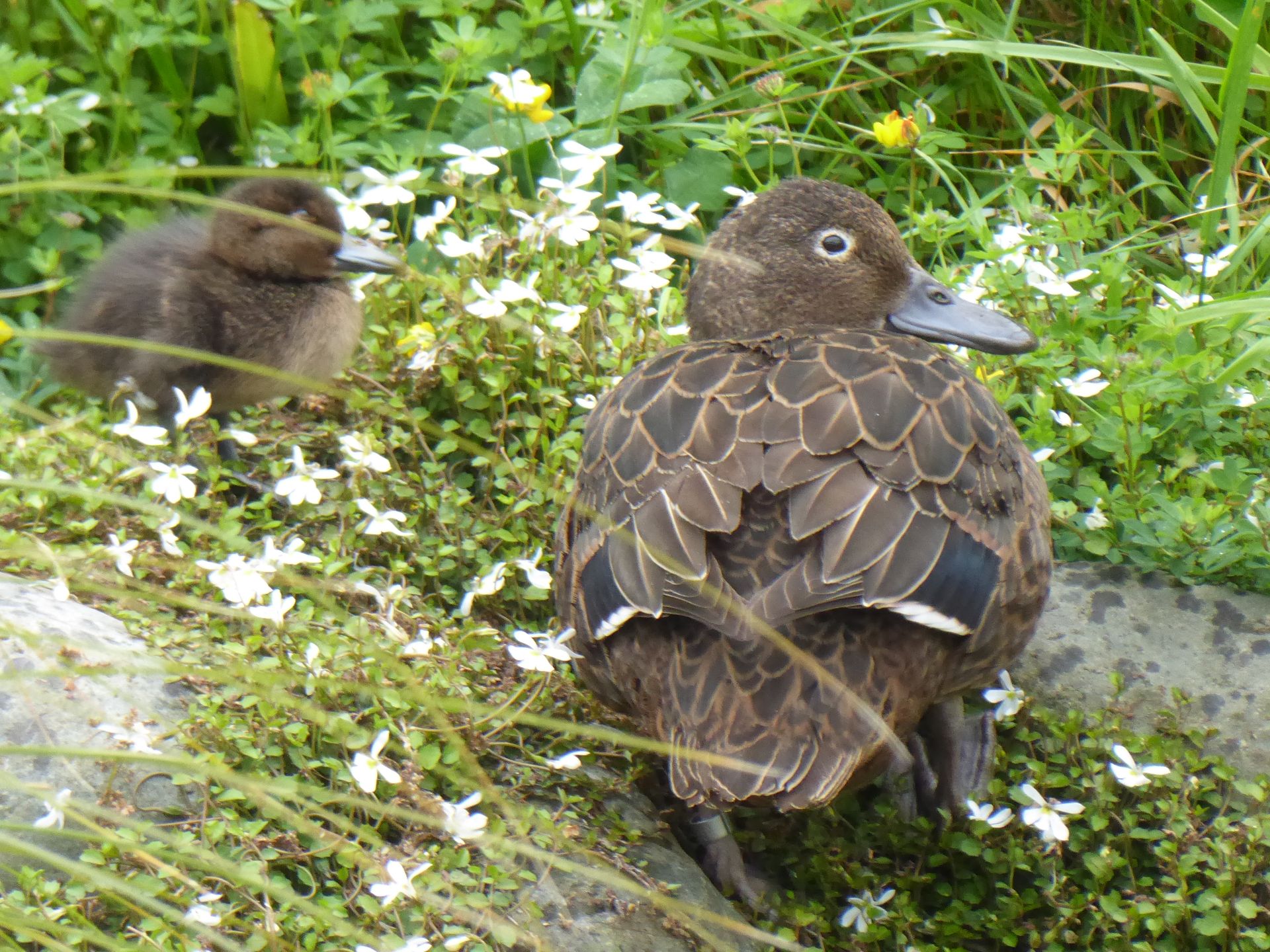

After my visit to the white Kiwi lady, it usually stays dry and the sun occasionally breaks through the clouds. I drive further and further south. Wellington is signposted, as is the wine region around Masterton.
The area is almost deserted, fields, sheep, cows. On my right are the mountains of the Tararua Range, over whose northern outskirts I drove west earlier today. I think of Uschi and Christian, who will also be here in a few days, but I won't be here that long.
After Greytown, a pretty village, which was honored for its beauty in 2017, it gets lonelier. The landscape becomes more barren, the lush green of the past few hours and days gives way to flat growth on often brown hills.
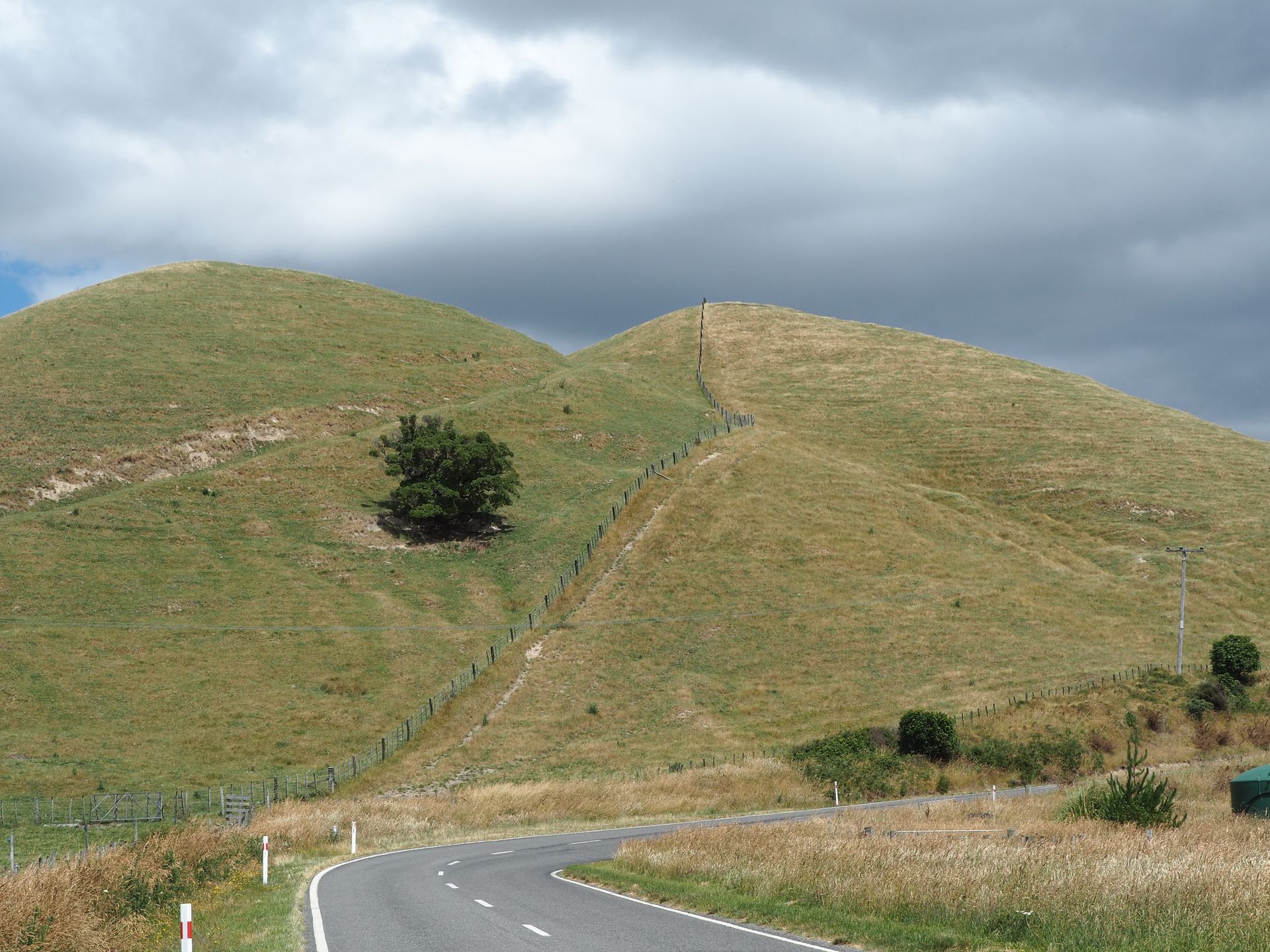

But eventually it lies turquoise and blue shining in front of me: the Pacific! I follow the road towards Cape Palliser, the southernmost point of the North Island, and briefly stop at the Putangirua Pinnacles.


The public campground looks crowded, so I drive on for now. I will only be doing basic camping tonight anyway, as there are no proper campsites here, only public ones where you have to park early or they are full. There is never any electricity at these places, and usually only public pit toilets, if at all.

I reach the village of Ngawi, in the center of which a public camping area is available. I park backwards on the last open space, open up the tailgate, take out a chair, and make coffee with the gas stove. Look out to the sea, enjoy the sound of the waves. The SUN shines from a cloudless sky! Freedom 👍🏻 A magnificent sunset marks the end of this day.
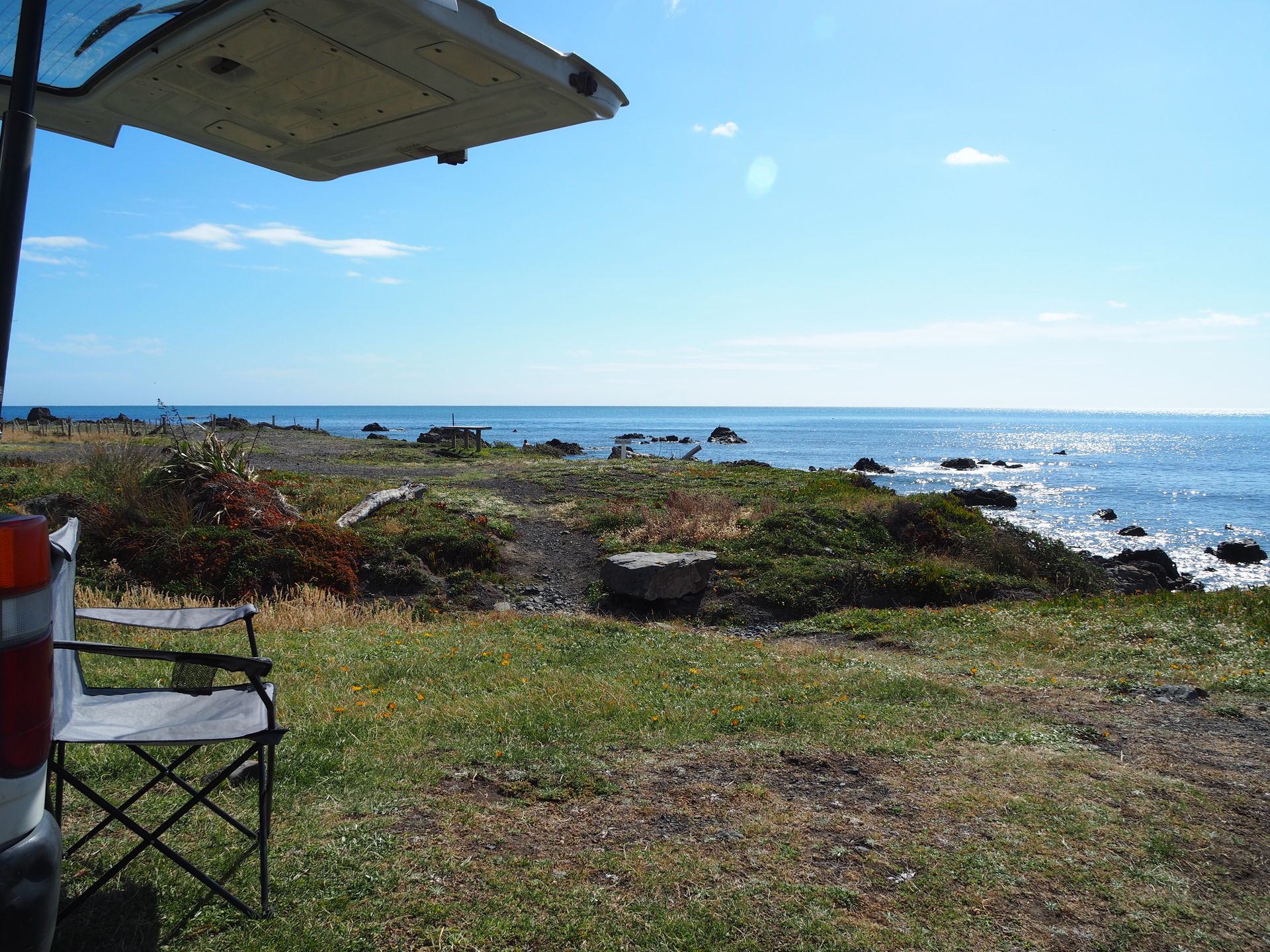

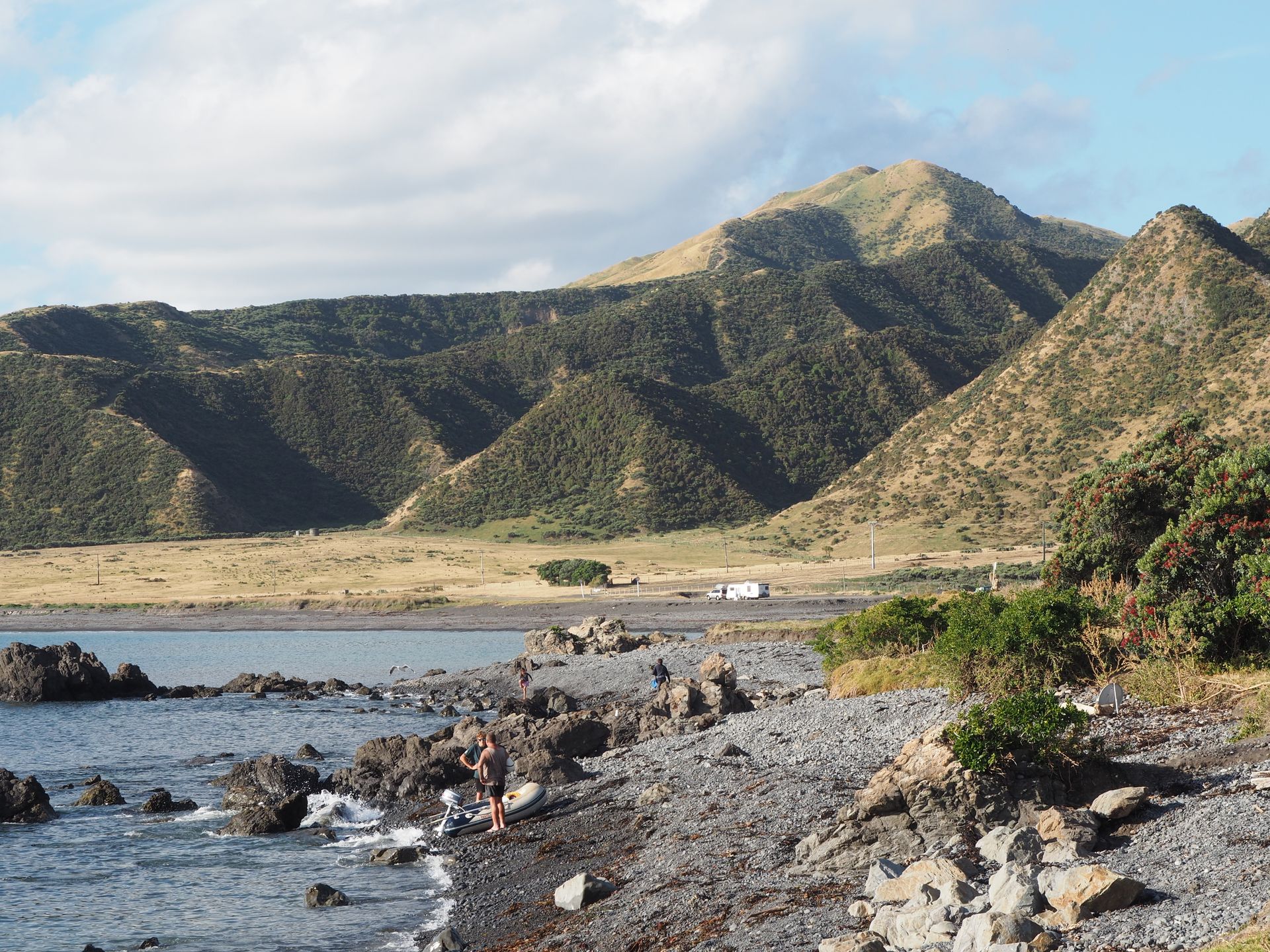
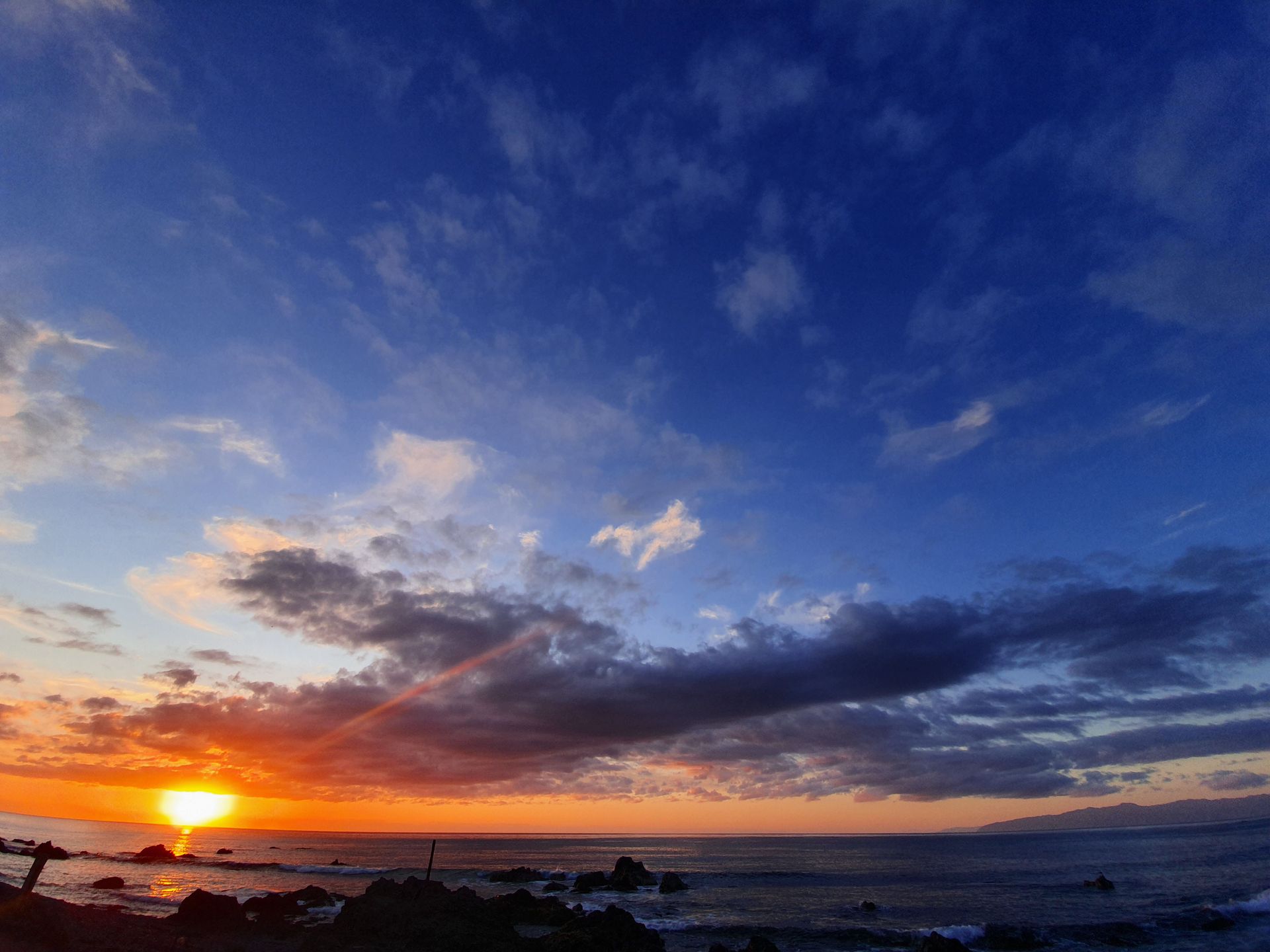
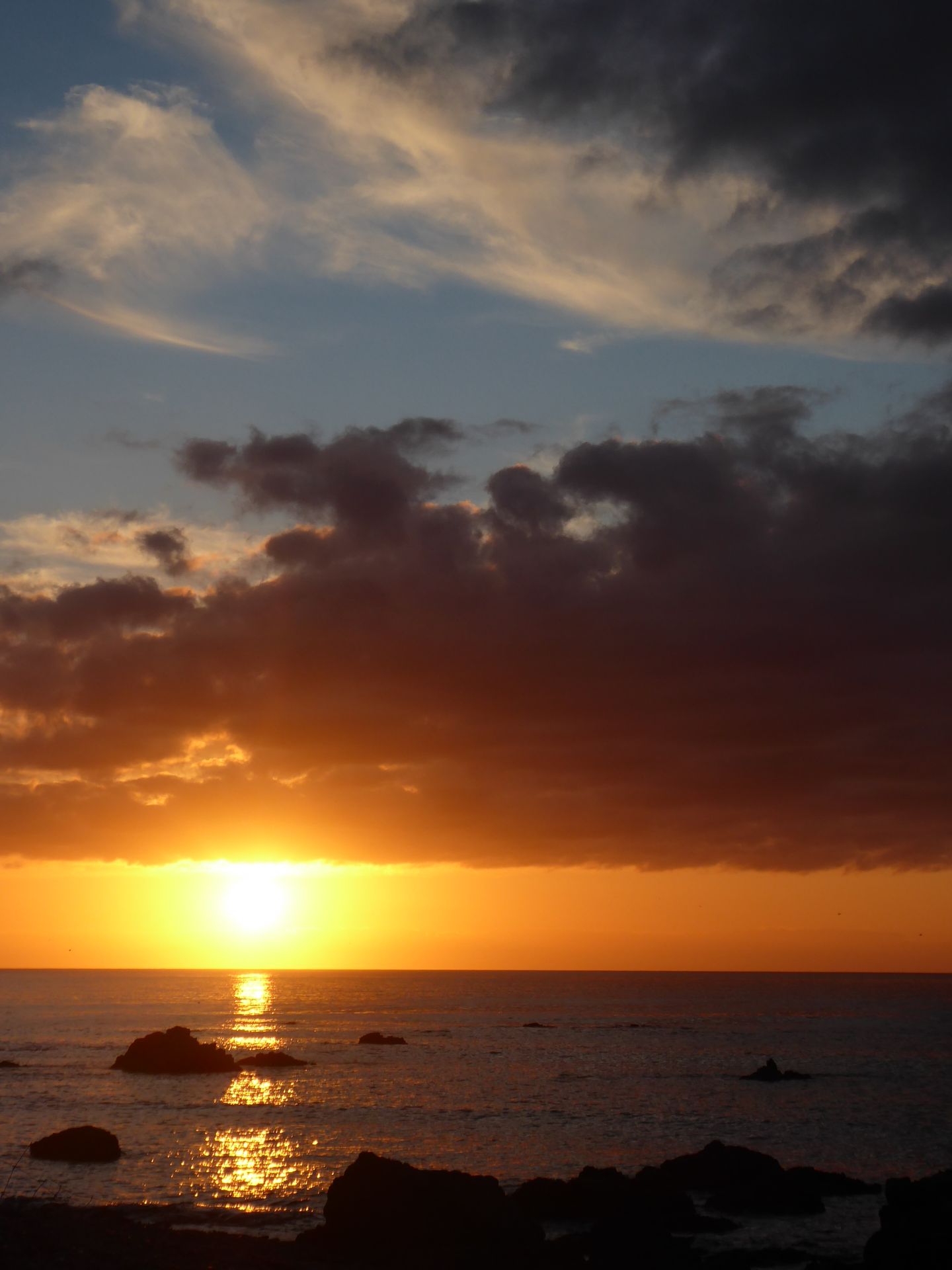
समाचार पत्रिका के लिए सदस्यता लें
उत्तर

यात्रा रिपोर्ट न्यूज़ीलैंड
